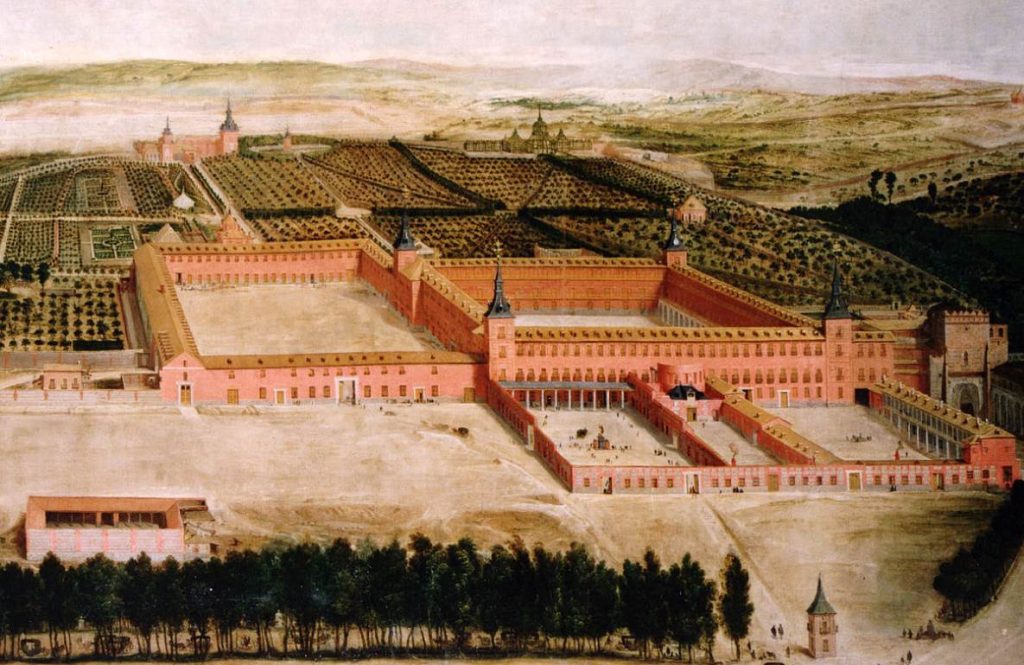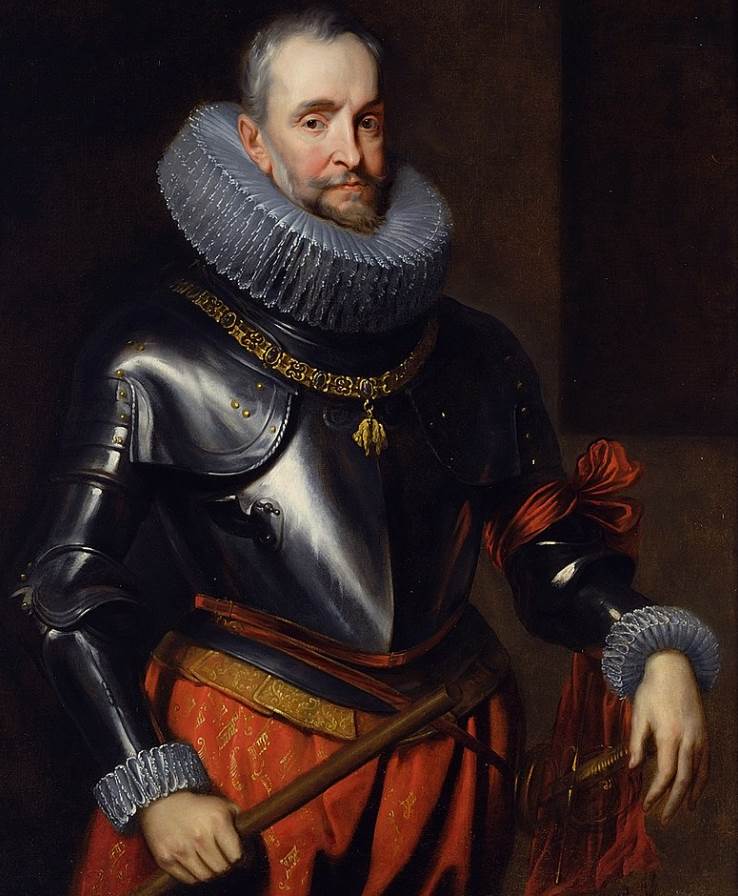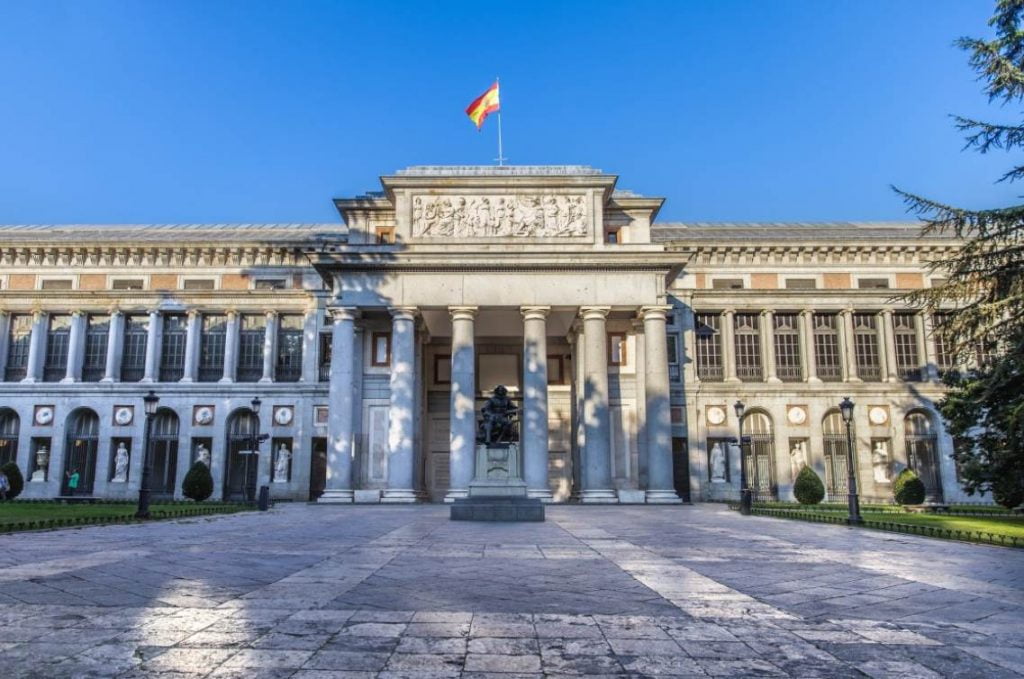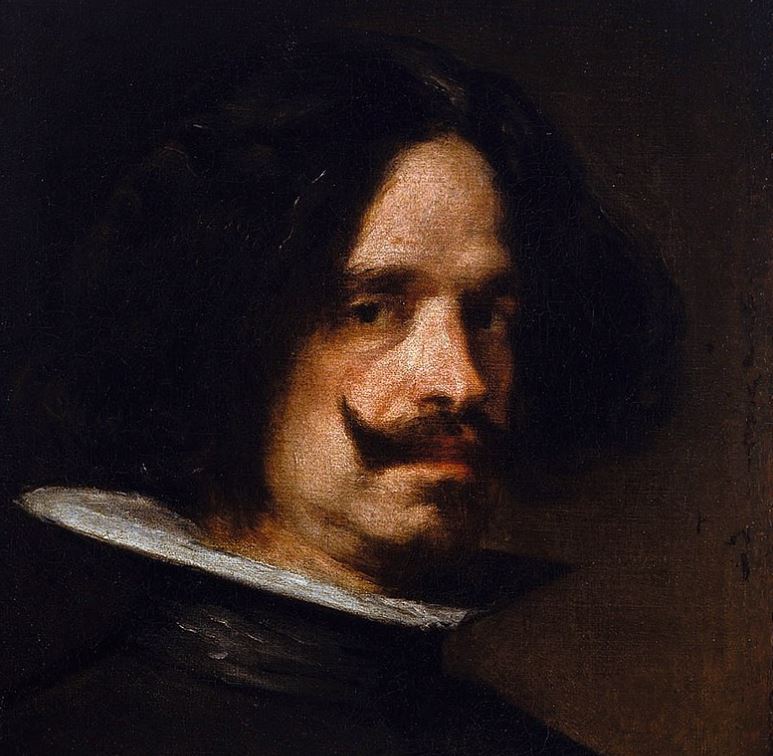Spanish artist of the Baroque period Diego Velázquez (1599-1660) became the court painter of Philip IV of Spain in Madrid during the 1620s.
Following a trip to Italy less than a decade later, he painted a work that was inspired by a fierce battle that took place in 1624 and 1625 during the Eighty Years’ War (1568-1648).
Let’s take a closer look at some of the most interesting facts about “The Surrender of Breda” by Diego Velázquez so you can learn about the story behind one of the artist’s most famous paintings.
1. The painting doesn’t depict the battle but its conclusion
The Surrender of Breda depicts an important episode during the Eighty Years War referred to as the “Siege of Breda.” This is a city in the modern-day Netherlands that was part of the Seventeen Provinces, the region that now comprises most parts of the Netherlands, Belgium, Luxembourg.
This battle took place in the fortified city of Breda and resulted in the city falling to the “Army of Flanders,” an army that fought under the command of the King of Spain.
The siege began on August 28, 1624, and eventually ended with the fall of the city on June 5, 1625. The painting itself depicts the moment that Dutch leader Justinus van Nassau (1559-1631) symbolically hands over the key to the city to Spanish general Ambrogio Spinola (1569-1630).

2. It was painted about a decade after the battle took place
Even though the battle took place between 1624 and 1625, the painting wasn’t commissioned by King Philip IV of Spain until years later. The artist completed the work between 1634 and 1635, exactly a decade after the events took place.
The King of Spain commissioned it to decorate the Palace of Buen Retiro. This palace was located on the eastern edge of Madrid’s city center and the Spanish court moved here during the reign of King Philip II in 1561.
The 1630s was a period in which multiple new buildings of the palace were erected. Most of the palace was destroyed, though, during the peninsular war between Spain and the First French Empire between 1807 and 1814.

3. It depicts the both camps that fought each other in Breda
The artist created a composition in which the Dutch are located on the left half of the painting and the Spanish on the right half. The focus of the painting is on the leaders of both groups situated in the foreground.
You can see the Dutch leader Justinus van Nassau handing over the keys to Breda to Spanish leader Ambrogio Spinola. The smoke from the battlefield can be seen in the background and the figures appear to be very tired after the extended Siege of Breda.
We can also see the relative kindness on the face of Spinola, a man who was known to show a sense of respect to the defeated Dutch army following the battle. The artist managed to capture this moment quite magnificently.

4. The depicted Spanish general accompanied Velázquez to Italy
One of the most remarkable facts about The Surrender of Breda by Diego Velázquez is that we can be pretty sure that the depicted events are quite accurate.
This includes the nation that Spinola saluted van Nassau when both men met and the fact that he ordered his troops not to mistreat the defeated soldiers of the Dutch army.
That’s because Diego Velázquez and Ambrogio Spinola traveled to Italy together in 1629. This means they knew each other pretty well and the artist surely got detailed accounts of what happened.
Ambrogio Spinola Doria, 1st Marquess of Los Balbases, was an Italian nobleman who was born in Genoa. He ended up becoming one of the greatest Spanish generals in history

5. The painting is on display at Spain’s most famous museum
Even though King Philip IV of Spain commissioned the painting to decorate new buildings of the Buen Retiro Palace in Madrid, the painting didn’t move too far.
Remarkably, two buildings of the Buen Retiro Palace that were erected around the time that the painting was completed in the 1630s still stand today.
These are the “Casón del Buen Retiro,” the ballroom of the old palace, and the “Salón de Reinos,” the “Hall of Kings.” The painting originally decorated the latter.
Today, the painting is on public display at the largest and most famous museum in Spain, the Museo del Prado in Madrid. This museum is located just east of the city center and just west of the “Parque del Retiro,” a large public park where the palace once stood.

More interesting facts about The Surrender of Breda by Velázquez
6. The Surrender of Breda is a relatively large painting in the oeuvre of Diego Velázquez. It has dimensions of 307 × 367 centimeters (121 × 144 inches).
To give some reference to this number, this is slightly bigger than his most famous work called “Las Meninas” (1656) which has dimensions of 318 × 276 centimeters (125.2 × 108.7 inches).
7. The Hall of Kings of the Buen Retiro Palace not only featured paintings by Diego Velázquez but also another Spanish painter named Francisco de Zurbarán (1598-1664) among others. The walls and ceilings of this building were frescoed by Luca Giordano (1634-1705), an Italian painter who spent a decade in Spain.
The Hall of Kings, or “Hall of Realms” as it’s also sometimes referred to, featured the largest collection of art owned by the royal family of Spain.

8. This remarkable structure that was built between 1630 and 1635 was acquired by the Prado in Madrid and the museum organized an architectural competition to redesign it in 2016.
This competition was won by British firm Foster and Partners in collaboration with Spanish firm Rubio Arquitectura. It now serves as an additional section of the Prado and has multiple paintings of the original royal collection on display.
9. It has been suggested that Velázquez might have been influenced by a work of Peter Paul Rubens called The Reconciliation of Esau and Jacob (1624).
This is very likely because the composition looks very similar. This painting of the famous Flemish Baroque artist was also part of the Spanish Royal collection at the time.

9. Because the painting was completed just a few years following the artist’s return from his one-and-a-half-year trip to Italy, we can also clearly see some major Italian influences.
The artist shied away from using bright and vivid colors, most probably influenced by the works of Renaissance artists that he saw in Venice.
10. The critical reception of the work in Spain was great. The Spanish are depicted with upright lances, the main reason why the painting is also sometimes referred to as “Las Lanzas,” and they appear to be in much larger numbers than the Dutch.
This in combination with the extremely balanced composition, the remarkable sense of perspective, and the realistic depiction of the figures have resulted in praise from both the artist’s contemporaries and modern art historians.



